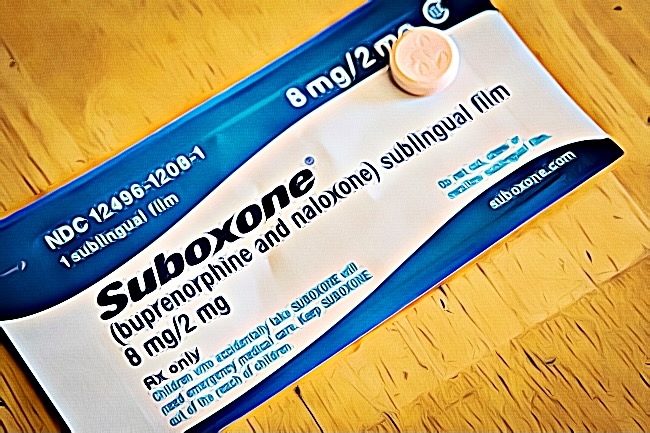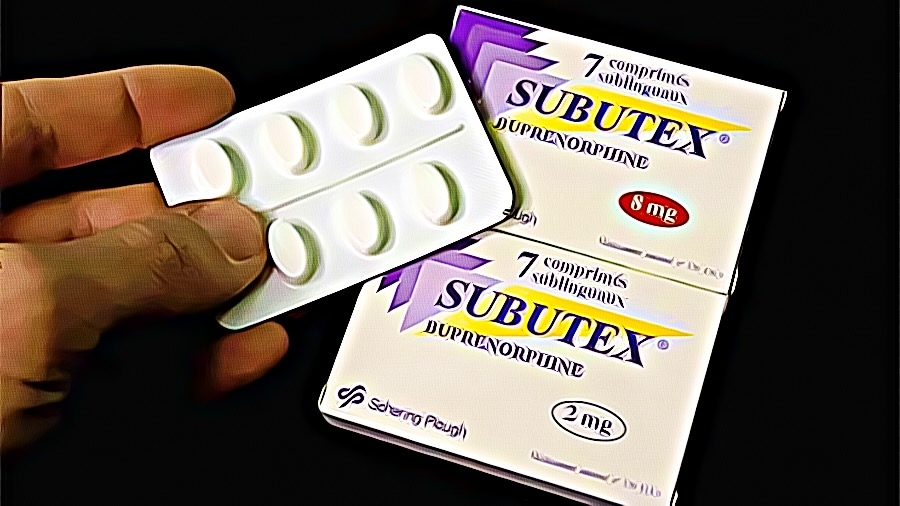Once you’ve fallen deep, is there no way out of drug addiction? The short answer is yes, but treatment and recovery are much more complicated than putting yourself in an addiction center and closing that chapter of your life forever.
In an ideal world, anyone who wants to get over their drug addiction would be able to snap out of their dependence on drugs, but this isn’t the case in real life. Drug addiction is never a manageable condition to treat—the path to addiction may have started with a voluntary act, but choosing not to do so when you want won’t be as simple.
Due to the effects of long-term drug exposure on your brain functions, it will be challenging to control your behavior and ultimately overcome your dependence on drugs. To cure yourself of drug addiction, you may need long-term or repeated care in the span of a few years.
Subutex vs Suboxone
Subutex and Suboxone are two kinds of medications given to patients for Opioid Replacement Therapy (OPT). During OPT, these drugs work to reduce withdrawal from opioids. When you use drugs like Subutex and Suboxone along with behavioral therapy, you have a high chance of experiencing promising results!
However, although effective for some, ORT isn’t for everyone. Before deciding to opt for ORT, it’s vital to note that these medications contain addictive components, which can be dangerous.
What Is Subutex?
Subutex was approved for patient use in October of 2002. Unlike other medications that can help treat various conditions, this drug’s sole purpose is to aid in the treatment of patients struggling with opioid addiction. Since Subutex contains buprenorphine hydrochloride, it is effective at blocking the opioid response.
You can only take Subutex with a sublingual tablet that goes under the tongue and is dissolved there. Depending on the person’s needs, the drug may be taken two to three times a day since its effects can only last between 8 to 12 hours.
What Is Suboxone?
Suboxone is a prescription medication that was released around the same time that Subutex was released. This drug also contains the active ingredient buprenorphine, but unlike Subutex, it also has Naloxone.
Although Suboxone is used during opioid detox to aid in recovery as a partial opioid agonist, it can also deter the abuse of opioids. Some would even say that Suboxone is better than Subutex, as it contains Naloxone, which can reverse the effects of opioid drugs on the body.
Many people find that this drug is necessary to their recovery. When it’s taken in the prescribed dosage amounts, it will effectively block any effects of other opioid drugs.
Similarities and Differences
Buprenorphine
Both Subutex and Suboxone contain buprenorphine, an “opioid partial agonist.” This active ingredient interacts with the same brain receptors that affect other drugs, but it makes the brain think it is taking an opiate when you’re not.
Since partial agonist drugs are more difficult to become addicted to and don’t create a high, you won’t experience withdrawal symptoms or cravings. When buprenorphine is taken correctly, it will stick to the increased opioid receptors and shoves the opioid out of the way.
Chance of Getting High
The two drugs are meant to help one with their opioid addiction, but they can still get high when taking any of the two medications. If you take more than the recommended dose of Subutex, you will experience a high. On the other hand, you will also experience a high if you take a different drug other than opioids.
Side Effects
Before you take Subutex, there are some side effects that you must be wary about. Although not problematic, the side effects could get worse if you abuse the drug.
Here are some of the common side effects of Subutex:
- Stomachache
- Frequent headaches
- Occasional indigestion
- Nausea and vomiting
- Weakness in the body
- Chronic constipation
- Symptoms of depression and anxiety
- Sleep problems, like nightmares and insomnia
Meanwhile, Suboxone can also have a few side effects, some of which are similar to those found with Subutex.
- Nausea and vomiting
- Excessive sweating
- Lightheadedness
- Constipation
- Dizziness
- Frequent bouts of drowsiness
- Dry mouth

Opioid Addiction
Although addiction to all kinds of drugs is harmful to one’s health and is challenging to move on from, opioids are especially difficult to quit. Opiates have been effective in treating mild to severe pain in patients, but they are also susceptible to abuse due to their intensely calming effects.
Opioid pain relievers are generally safe as long as they’re taken for only a short time. However, even with regular use and taken as prescribed by a doctor, all opioids could still lead to dependence. Given the highly addictive characteristics of this class of drugs, opioid addiction has become an epidemic.
With three million US citizens and 16 million individuals worldwide who have had or currently suffer from opioid use disorder (OUD), it’s crucial to provide sufficient treatment and support to those who wish to recover from this life-threatening condition.
How Does One Get Addicted to Opioids?
Not everyone who is addicted to opioids had the intention of becoming dependent on them initially. Taking opioids always has risks involved, no matter how carefully you’re following the instructions for taking them. As long as you’re taking opioids, you have a chance of developing an addiction to them.
When the opioids bind to receptors in the central and peripheral nervous systems, you’ll feel relief from pain. However, action on these same receptors also induces intense euphoria, which gets people hooked on these drugs. To recreate that first high, many prolong the use of opioids and abuse them.
Opioids are prone to abuse because they can make your brain and body believe they’re necessary for survival. Usually, patients have no intention of abusing the medication they were prescribed, but their increased tolerance to the drugs could cause them to take larger doses.
When you increase the medication dosage to achieve the desired effects, there is a high probability of experiencing a physical dependence on the drugs. Once addiction takes hold of your brain, you’ll find that it’s less forgiving than most realize.
Treating Opioid Addiction
Opioid addiction is a serious problem all over the world. However, although challenging to recover from, anyone can overcome this chronic disease just like any other health condition. There is no easy cure to opioid addiction, but it can be managed with a recovery program and the proper medications, and people can eventually overcome their dependence on opioids.
When it comes to treating opioid addiction, there are several options to choose from, such as inpatient detox at an addiction center. Most rehab centers have treatment programs to help uncover the root cause of their drug use and find out the cause of those triggers to prevent further abuse in the future.
Aside from cognitive behavioral therapy, 12-step programs, individual and group counseling, and other effective forms of therapy, some medications are also proven to help those struggling with opiate addiction. Taking suboxone and Subutex may also be effective in helping you move a few steps forward to sobriety and recovery.
Conclusion
Opioid addiction is a challenging condition to overcome, but recovery is possible! Of course, the path to recovery will be full of obstacles, but as long as you focus on getting the care you need, you’ll be able to get rid of your dependency on opioids and once again live a better life.
Source:

